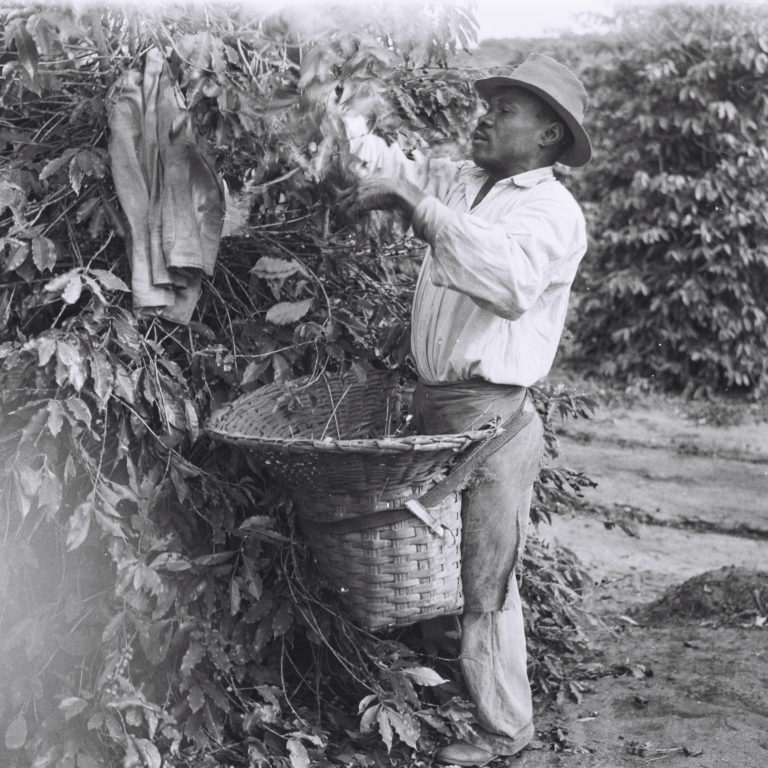Coffee's Manual Workers
Foto: Fisheye
Coffee's Manual Workers
Hands working on lands: enslavement and immigration through the present day
How many manual workers or 'hands' were needed - historically - for coffee to reach its key role in the world economy and find its way into our homes ? What were working conditions like for coffee-plantation hands historically?
Initially drunk in Africa, coffee spread to the East and by the mid-18th century it had become a popular beverage in the West too. On realizing its huge potential for trade and business, countries such as Spain, France, Holland and Portugal seized the great opportunity to generate wealth and exploit their colonial pre-eminence. For this colonizing project – organized in the form of enslavement, predatory relations with natural settings, use of brute force and hierarchically structured relations – coffee was a lifeline that would help ensure continued domination amid the colonized peoples' struggles for independence.
Large-scale coffee production was therefore rooted in the exploitation and dehumanization of enslaved people translated into the traditional coffee iconography of those landscape-like images showing children and adults in forced-labor conditions.
Even before abolition, when Brazil was still part of the Empire, it was looking to coffee for its future prospects and assets that could used to finance the republican regime’s policy of importing foreign labor to tend to coffee while 'bleaching' or 'whitening' the country's ethnic composition. Asians were not initially seen as suitable people for this project.
The Brazilian government financed immigrants and by 1888 they had replaced the entire enslaved population, who lacked the support needed to adapt to this new situation, nor was there any official policy in this respect. For foreigners brought in under the immigration program, the reality of working on coffee plantations was not easily adapted to either. Conditions were precarious: their relations with landowners reflected the heritage from slavery – unlike customs in their countries of origin.
Power relations remained unchanged until the 1929 New York Stock Exchange crash bankrupted many coffee planters, who were forced to sell off part of their properties to their workers, thus shaping a new middle class of immigrants and their descendants.
Even today, manual labor is involved in several stages of coffee production, although hands are aided by machinery. In many parts of the world, planting, harvesting and drying goes on from dawn to dusk and manual workers or hands struggle to get decent conditions and defend rights that are crucial to this day.
Millions of people around the world are employed in the growing, processing, trading, transporting and marketing of coffee. Thanks to their many hands, we may enjoy a cup of coffee in the comfort of our homes, cafeterias or workplaces.


